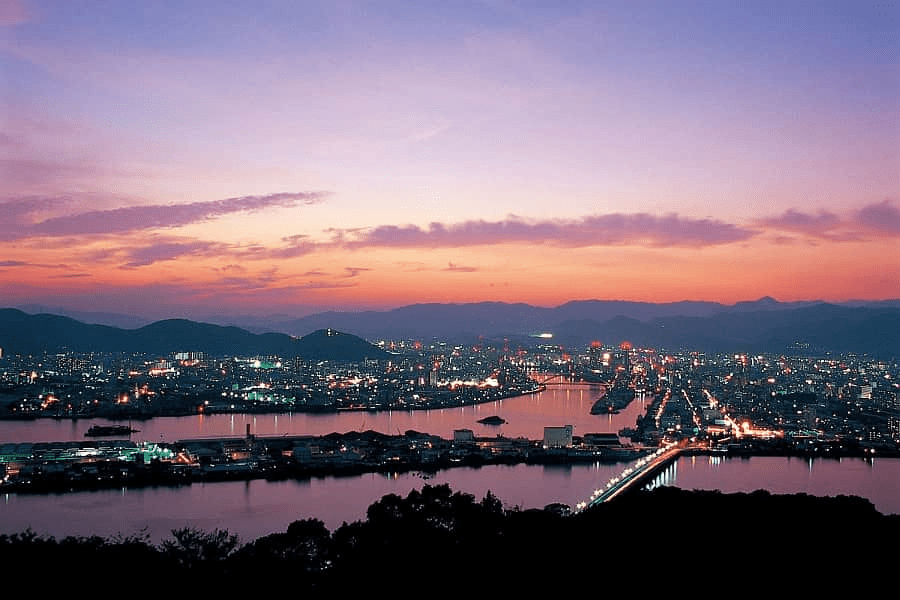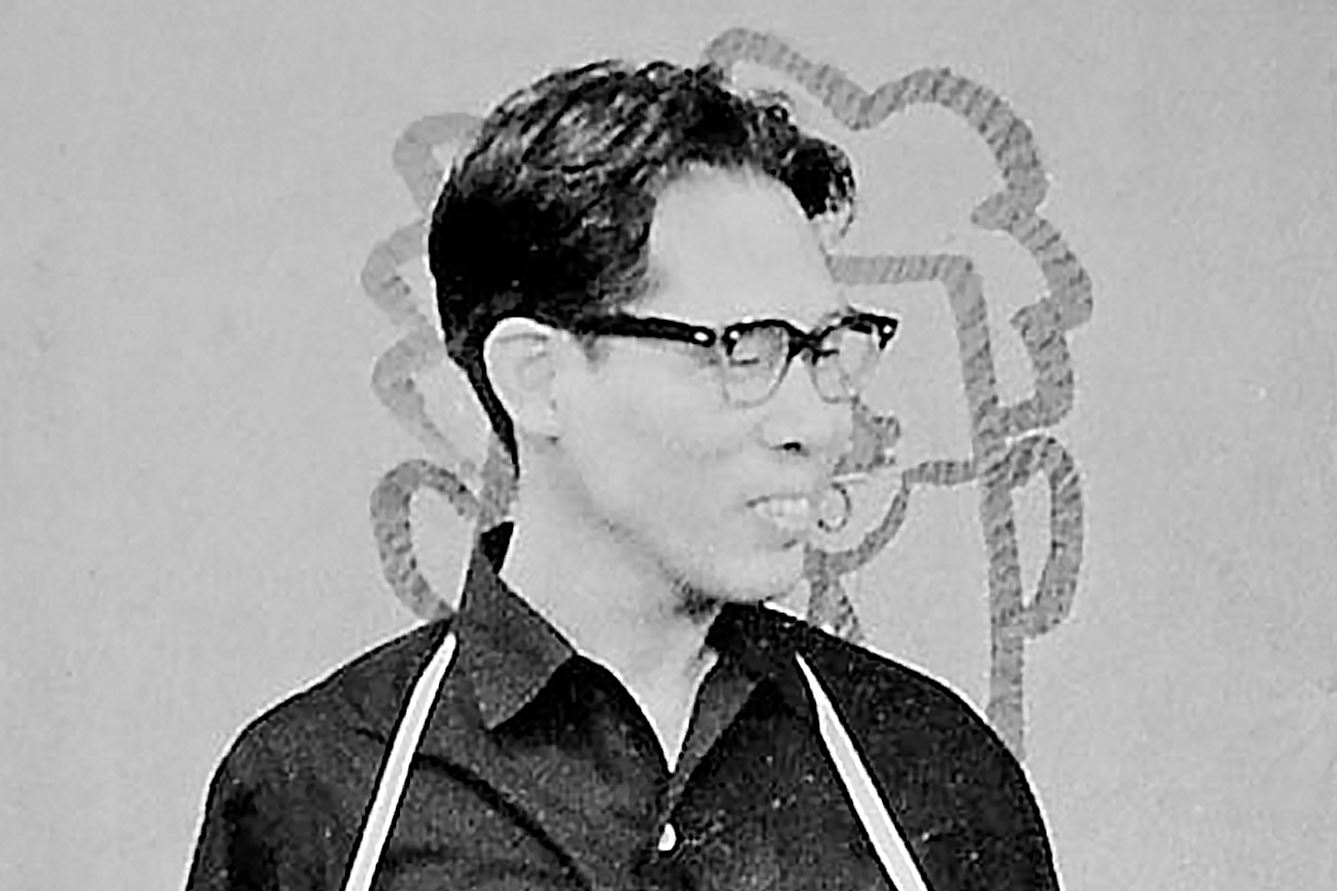Anpanman
Home » Anpanman
Anpanman
Name in Japanese: アンパンマン
Pronunciation: anpanman
Period: 1969 to –
Anpanman is an unlikely national hero. His head is made of bread, specifically anpan, a bean-paste bun. Anpan is a staple product of Japanese bakeries, beloved by children and adults alike. The bean paste is made with purple adzuki beans, and it comes in two versions, smooth and lumpy. Depending on the policy of the bakery, anpan can be so sweet it makes your teeth sing, or it can fall into that odd Japanese food category “Is this supposed to be sweet?”. So it’s very strange that a character with bread for a head should become Japan’s representative superhero. It’s even stranger that this character is almost single-handedly responsible for the moral education of Japan’s children.
According to the creation myth, Anpanman was born in the bakery of a wise and kindly baker, Uncle Jam. A shooting star landed in Uncle Jam’s oven while he was baking an anpan, turning the bread into the superhero we know today. When fighting evil, Anpanman can deliver a remarkably powerful punch and kick. Since his head is food, he never needs to eat or drink. His only weaknesses are getting his head wet or dirty, but it’s not a problem because Uncle Jam can bake him another head. Indeed, Anpanman sometimes breaks off bits of his head to feed starving creatures. He also has super hearing, which allows him to go to the aid of anyone who calls his name out in distress, anywhere in the world. Many a young mother has been disappointed when her little boy or girl falls down or faces an injection at the doctors, the child cries out not “Mummy!”, but “Anpanman!”.
The embodiment of evil in the Anpanman universe is a character called Baikinman, a wicked, narcissistic bacterium. He has a naughty, self-centred female sidekick called Dokin-chan. In each episode, Baikinman devises a new scheme to rid the world of Anpanman and establish a world where bacteria rule. By winning the cooperation of other characters of goodwill through kindness and generosity, Anpanman always succeeds in foiling Baikinman, finally sending him flying with a ferocious an-punch or an-kick. Adults of bad character tend to sympathise with Baikinman and recognize a certain rationality in his approach to life. But Japanese children seem to absorb a lot of the goodness and courage that Anpanman represents, and it’s hardly an exaggeration to say that the unlikely superhero plays a major part in the ethical development of the nation’s youth.
Creation myths aside, our bready hero was created by Takashi Yanase (1919 to 2013), soldier, poet, designer, cartoonist, and writer. Yanase was born in Tokyo, but his father was from Kami in Kochi prefecture. The family traced its roots back 300 years to the Taira clan. After studying design at polytechnic, Yanase was drafted to be a soldier in the Sino-Japanese War as a cryptologist. His unit was also involved in pacification efforts, producing propagandistic picture-story shows for the local Chinese. Yanase was based in an area that didn’t see combat and he never fired a gun at the enemy. However, his younger brother was killed in the Pacific theatre. Towards the end of the war when Japanese logistics were stretched to breaking point, his unit was chronically short of food and Yanase dreamed obsessively of eating anpan.
In the 1960s, Yanase started writing picture books for Sanrio, originally a confectionery company. Anpanman first appeared in a collection of short fairy tales intended for adults. The story took an antithetical view of heroism. In 1973, Yanase launched the magazine Poetry and Fairy Tales. In that year, Anpanman was adapted for children. The work was initially bashed by critics, parents, and educators, but it became extremely popular with young children.
In 1988, the TV animation Soreike! Anpanman was first broadcast on Nippon Television. The company was anxious as there were few sponsors, but it soon became a very popular program. Every child knew the words to its theme song, the Anpanman March. The program led to merchandise which flew off the shelves, and Yanase became a hot property. Anpanman became Japan’s biggest selling character, exceeding even Kitty-chan. The show entered the Guinness Book of Records for the number of supporting characters – over two thousand, including one that pops out of lawns and spits dirty water on drying laundry, much to the distress of housewives and the delight of Baikinman.
From the late 60s, Yanase suffered a remarkable portfolio of illnesses, and in 2011, he intended to retire due to blurred vision. But then the Great East Japan Earthquake struck, and in the aftermath, the Anpanman March became the theme song for reconstruction. Spiritually, Anpanman was working to save the people of Japan, and Yanase came out of retirement to create posters for the disaster areas and a CD about a pine tree that miraculously survived the tsunami.
When you come to Shikoku, you’re likely to encounter Anpanman somewhere. In Kami, the Anpanman Museum has a collection of original works by Yanase. There’s also the Yanase Takashi Memorial Hall, and the Poem and Marchen Gallery. You can also ride Anpanman-themed trains on the major routes around the island. The Anpanman train crosses the Great Seto Bridge from Okayama to Matsuyama in Shikoku on the Yosan Line. Another Anpanman train runs on the Dosan Line from Okayama to Kubokawa via Kochi and then on the Tosa Kuroshio Railway Nakamura Line to Nakamura in Shimanto. This route passes through the scenic Oboke Gorge in Iya. Yet another Anpanman train links Takamatsu and Tokushima on the Kotoku Line. If you like, you can stand by the railway line and when the train comes into view squeal, “It’s the Anpanman Train!”, just like the local children do.
Related Tours

Experience the most beautiful and interesting temples of the Shikoku Pilgrimage in seven days.

A tour for families or friends, staying in the most characterful kominka and ryokan of Shikoku.

Visit the most beautiful and interesting temples of the Shikoku Pilgrimage and walk the toughest trails.


